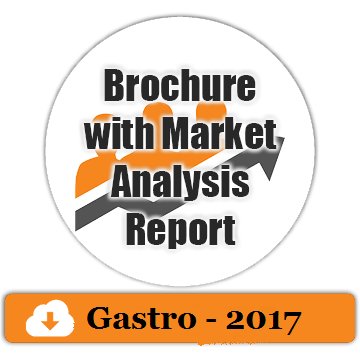
Giuseppe Del Buono
Clinica Pio XI Roma, Italy
Title: Diagnosis: when the pH-impedance and manometry?
Biography
Biography: Giuseppe Del Buono
Abstract
The Esophageal manometry is a diagnostic test used in gastroenterology to study esophageal motility.
The examination is performed by placing a naso-gastric tube into the esophagus of the patient.
With esophageal manometry it is therefore possible to follow the peristaltic wave of the esophagus during swallowing and to verify any motor esophagus (dysphagia abnormalities, achalasia, diffuse esophageal spasm).
The High Resolution Esophageal manometry, using the latest generation sensors, provides the opportunity to give, at the same time, immediate information of the entire upper digestive tract.
The new technology, with the latest "Classification of Chicago", provides a precision and ease than ever before diagnosis. The examination of esophageal manometry High Resolution is done through the introduction nasally trans of a catheter with variable number of sensors from 24 to 36 depending on the technology. This allows the complete study of deglutitiva phase maintaining the tube in one location, with the result to obtain:
• Full results and coordinated activities of the entire deglutitiva.
• Faster execution of the examination.
• Increased compliance examination by the patient
The Ph-metry esophageal 24 hours allows to measure the pH of the esophageal tract for 24 hours, and then determine the number of reflux of acid type had. This examination is carried out by inserting one nostril through a naso-gastric tube and placing it into the esophagus. The tube is connected to an instrument, very light and compact, which will record the pH for the entire 24 hours. After placing the tube of pH monitoring, the patient will go home, trying to spend the day in a manner more similar to normal.
The examination of pH-metry has some limits: it indicates, in fact, only episodes of reflux of acid type, ie if the pH has fallen below the value of 4. Also it can not determine exactly how high it gets into the esophagus reflux. Symptomatic patients may have a perfectly normal manometry and pH-metry negative!
These problems have been overcome by pH-impedance of 24 hours. It is used a naso-gastric tube on which is positioned a pH sensor (2 times) and 6 channels which measure the electrical impedance.
The impedance (is an electrical resistance) is measured by the instrument and its value varies with the bolus passage. Having six impedance channels on the tube you can not discriminate against a swallowing by a reflux and also know how high it's reflux into the esophagus and duration of reflux itself. In addition, since the tube is present a pH sensor, it is also possible to know the degree of acidity of the reflux. The combined pH and impedance measurements have made it possible to classify new categories of reflux:
• Refluxes acids (pH <4 such as the pH-metry classic examination).
• Refluxes repeated acids while the pH is <4, normally recognized by pH-metry as a single episode of reflux.
• Refluxes mildly acidic with pH> 4 but <7.
• Refluxes not with acid pH> 7.

